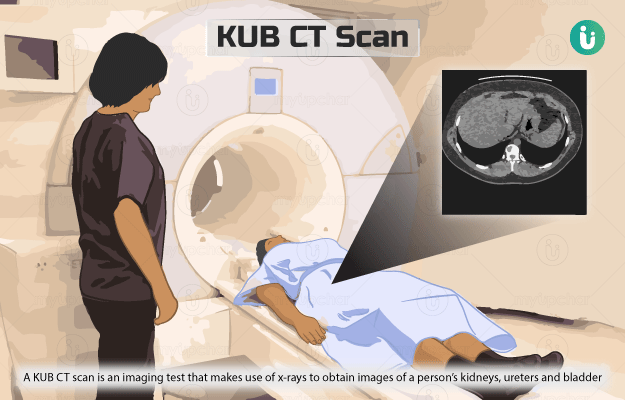What is a Renal Doppler Ultrasound?
A Renal Doppler ultrasound gives information about the presence and direction of blood flow in the blood vessels of kidneys (renal blood vessels).
Doppler ultrasound is a type of ultrasound that uses sound waves to create an image of the blood flow in your major blood vessels, something that you can’t see on a regular ultrasound.
There are different types of Doppler ultrasound tests, namely, colour Doppler, power Doppler, spectral Doppler, duplex Doppler and continuous wave Doppler.














